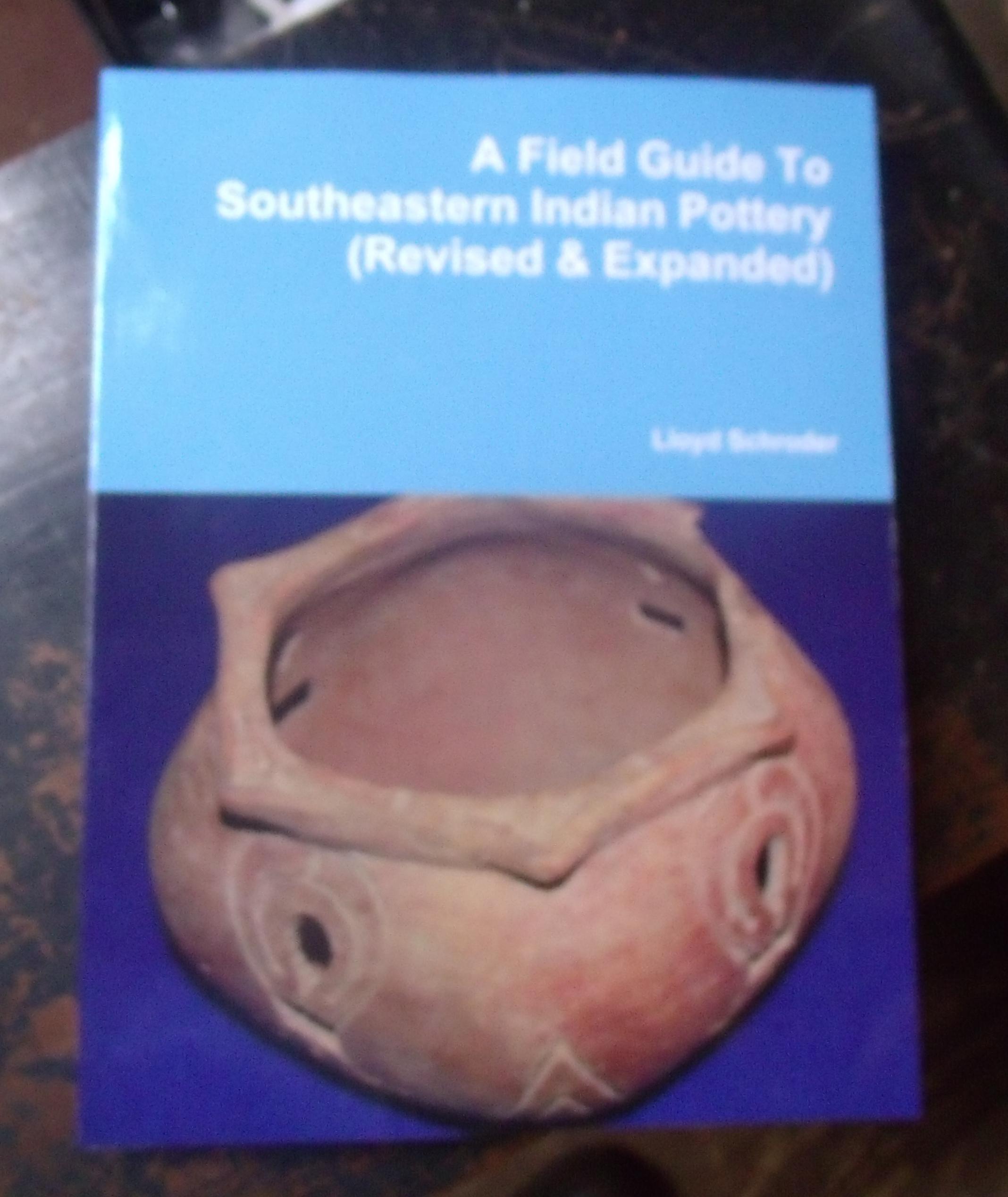——–Click on the surface treatment that most resembles your find———–
Pottery is an amazing artifact. There are many types, all with different designs or no design at all. Designs come from the potter’s imagination or his beliefs. All have different tempers, some of grit or small pebbles, some of Spanish Moss that has burned away, leaving only a trace of its existence. Some types are tempered with sand and some with clay; others with what some would call no temper at all, only to discover that there are small, microscopic sponge spicules that hold it together.
Think about this. Pottery is a lot like people. Each one was fashioned by the Potter’s hand, each uniquely designed from the Potter’s heart. Some were designed for daily use while others were designed for special occasions and celebration. All were tempered, but all have a different temperament. How has the Potter designed you and tempered you? What was His special plan and purpose? We are clay in His hands. Many are like much of the pottery we find, broken and discarded by the world, but there is still hope. Like the pot sherds that were broken and cast aside, then recovered and rounded into gaming stones to become the center of joy in an Indian’s life, our broken lives can be renewed to become the center of joy in the Potter’s heart.
For more detailed information on these and other pottery types within the Southeastern United States, please see our “Publications” page to order Lloyd Schroder’s Field Guide to Southeastern Indian Pottery (Revised & Expanded).
This amazing new book contains over 500 pottery types, each explained in very readable terms with thousands of illustrations and maps of distribution. The volume has earned the acilades of senior archaeologists like David Anderson of the University of Tennessee and well-known Georgia archaeologist Jerald Ledbetter. No serious student of archaeology should be without it.

Etowah Fingernail Marked pottery was made by the people of Etowah in northwestern Georgia. It dates to the Middle Mississippian period and is primarily found in northwestern Georgia, however the illustrated fragment came from Wilkinson County, perhaps due to the practice of the Etowah women sharing their cultural ideas in other parts of northern and central Georgia.
Etowah Net Marked pottery was made by the potters of Etowah in northwestern Georgia during the Middle Mississippian period. The net markings are thought to be made unintentionally. The vessels were made of wet clay and hung in nets to dry before firing. During the drying process, the weight of the vessels would cause the net lines to be impressed in portions of the otherwise decorated vessels. Distribution of this type would be limited to northwestern Georgia.
Savannah Cob Marked pottery was made by the people of eastern and central Georgia during the Middle Mississippian, Savannah period. It is thought that the small maze cobs were used to help shape the rim portion of the vessel as this seems to be the only location of cob impressions on the otherwise plain body of the pot.